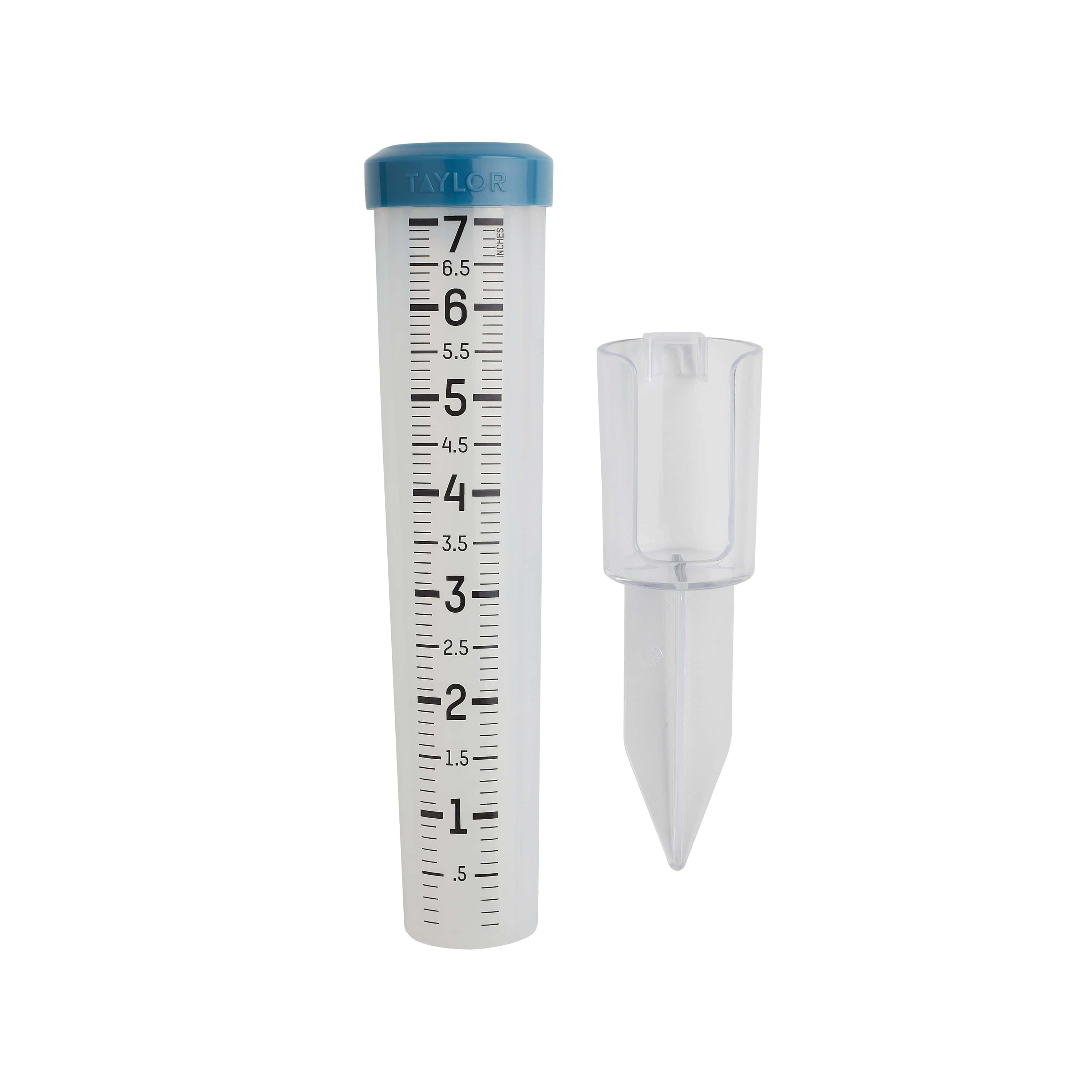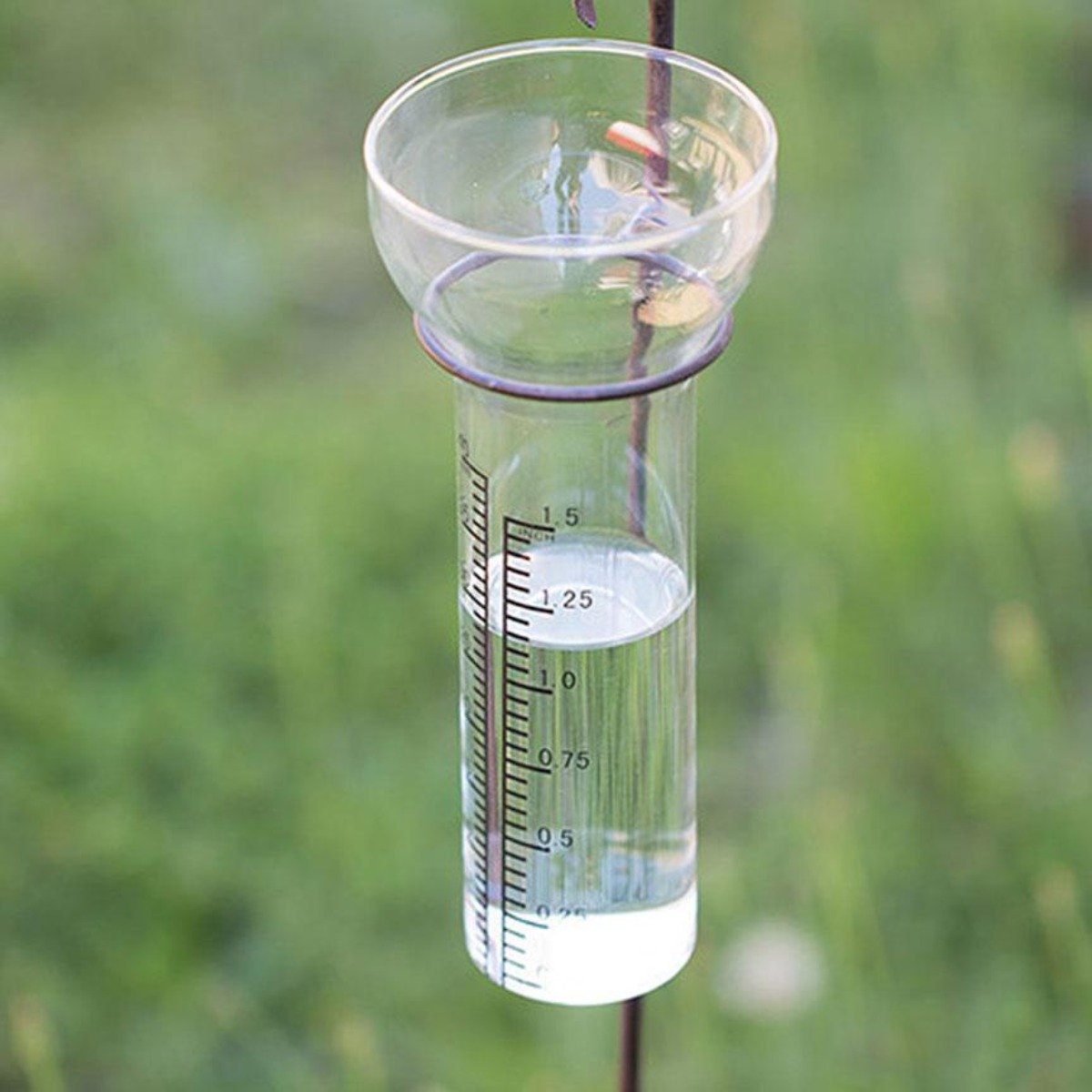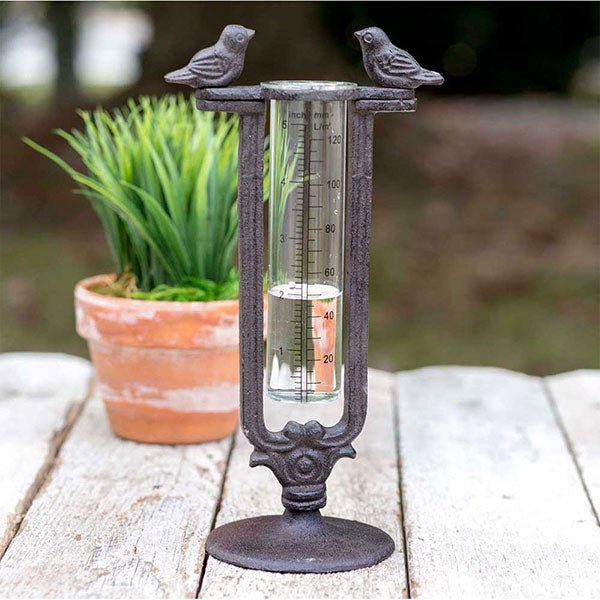The Rain Gauge: A Comprehensive Overview to Accurate Weather Dimension
The Rain Gauge: A Comprehensive Overview to Accurate Weather Dimension
Blog Article
Just How to Choose the Right Rain Gauge for Accurate Rain Data
Accurate rainfall data is critical for different sectors and activities, such as weather forecasting, agriculture, and water source administration. To get reliable dimensions, it is vital to pick the appropriate rain scale. This guide aims to offer beneficial insights into the choice procedure, permitting you to make informed decisions. Thinking about variables such as location, type, and accuracy of the rain scale will help make sure specific data collection. Additionally, recognizing the maintenance and calibration treatments will add to the longevity and integrity of your rain scale. By adhering to these standards, you can make certain precise rains data, enabling better decision-making and preparation for different applications.
Importance of Picking the Right Rain Scale
The importance of choosing the right rainfall scale exists in acquiring trustworthy and exact rainfall data for exact meteorological analysis. Rainfall data is crucial for a wide variety of applications, consisting of weather condition forecasting, hydrological modeling, and climate research. Unreliable or undependable information can bring about erroneous final thoughts and flawed decision-making procedures.

Secondly, the precision and accuracy of the rain gauge are paramount. The scale must be able to measure rains with high accuracy, recording also percentages of precipitation precisely. It needs to likewise reduce mistakes because of dissipation, wind, and various other environmental variables. Regular calibration and maintenance are important to guarantee ongoing accuracy.
Additionally, the area and installment of the rainfall scale are vital factors to consider. It must be put in an open area, far from blockages that could affect rains dimensions. The gauge should be placed at a proper elevation and angle to prevent splashing and ensure proper catchment of rainwater.
Elements to Consider When Picking a Rainfall Gauge
When picking a rain gauge, there are numerous key variables to consider. There are different types readily available, consisting of standard rain gauges, tipping bucket rainfall determines, and considering rain determines.
An additional aspect to consider is the product of the rain scale. Rain assesses can be made of numerous materials, such as steel, glass, or plastic. The product selected ought to be durable and immune to weather conditions, making certain that the rain gauge will endure the aspects and give accurate dimensions over time.
Accuracy is additionally an essential aspect to take into consideration. Look for rain gauges that have been calibrated and checked for precision. Features such as anti-splash rings and funnels can also improve the accuracy of the dimensions.

Last but not least, consider the environment and setting in which the rain scale will certainly be utilized. Various rain evaluates appropriate for various climates, so it is necessary to select one that is proper for the conditions in your area.
Different Sorts Of Rainfall Assesses Readily Available
To better discover the aspects to think about when selecting a rain scale, it is vital to understand the various sorts of rainfall assesses offered. There are several types of rainfall gauges, each with its very own benefits and disadvantages. The most typical kind is the common rain scale, additionally called the cylindrical rainfall gauge. This kind contains a straight-sided round container with a funnel-shaped top. It is straightforward to use and gives precise dimensions of rainfall.
One more kind of rainfall scale is the tipping pail rain scale. As the rain drops right into the gauge, it loads up one side of the bucket, triggering it to tip and clear the water.
A third type of rain gauge is the weighing rain gauge. As the rain drops into the gauge, it is accumulated in a container linked to a balance.
Ultimately, there are likewise remote rainfall gauges that use advanced modern technology to measure rainfall (The Rain Gauge). These gauges usage sensors and transmitters to send data wirelessly to a central unit. Remote rainfall gauges are convenient for monitoring rains Home Page in hard-to-reach locations or for massive information collection
Just How to Determine the Accuracy of a Rain Scale
One means to assess the accuracy of a rain gauge is by performing normal calibration dimensions. Calibration includes contrasting the analyses of click here for more info a rainfall scale to a common dimension, such as a certified rainfall scale or a climate terminal with high precision. By comparing the measurements, any inconsistencies or errors in the rainfall scale can be identified and represented.
To carry out a calibration dimension, start by accumulating rainfall information from both the rainfall gauge and the standard dimension tool over a particular period, such as a month. Contrast the analyses and calculate the distinction in between them. This distinction is referred to as the calibration mistake.
It is very important to keep in mind that calibration dimensions must be carried out routinely, as environmental elements, such as wind, temperature, and particles, can influence the accuracy of the rain gauge in time. By conducting routine calibrations, any kind of adjustments in the accuracy of the rain scale can be spotted and modifications can be made appropriately.
Along with calibration, it is likewise advised to clean and maintain the rain scale frequently to ensure its accuracy. Get rid of any debris or obstructions that may influence the accuracy of the measurements, and look for any indications of damage or put on that may need repair work or substitute.
Tips for Maintaining and Calibrating Your Rainfall Gauge
Routine upkeep and calibration are important for guaranteeing the precision and reliability of your rain scale in gauging rainfall information (The Rain Gauge). By adhering to a few easy suggestions, you can make sure that your rainfall gauge is appropriately kept and calibrated
First of all, it is essential to clean your rain scale regularly to avoid any debris or dirt from blocking the rainfall collection device. Use a soft brush and a light detergent to gently clean up the inside and beyond the scale. Rinse it thoroughly try this web-site with tidy water and permit it to dry totally prior to reinstalling it.
Secondly, it is suggested to adjust your rain gauge at the very least yearly. Calibration involves contrasting the dimensions of your rain gauge with those of a trusted and accurate reference gauge. This will certainly assist you recognize and correct any kind of prospective errors in your rainfall gauge's measurements.
To adjust your rain gauge, gather a recognized quantity of water utilizing a measuring container and contrast it with the dimensions videotaped by your rainfall gauge. Readjust the readings as necessary to make sure precision.

Verdict
In conclusion, selecting the ideal rainfall scale is important for getting exact rainfall information. Factors such as area, budget, and function should be thought about when picking a rainfall scale.
There are different types available, including typical rain determines, tipping bucket rain determines, and evaluating rain assesses.To additionally discover the aspects to consider when picking a rainfall scale, it is essential to comprehend the different types of rain gauges readily available. The most usual kind is the common rainfall gauge, also recognized as the round rain gauge.Another kind of rain gauge is the tipping bucket rainfall scale. Calibration involves contrasting the analyses of a rain scale to a standard dimension, such as a qualified rain gauge or a climate terminal with high accuracy.
Report this page